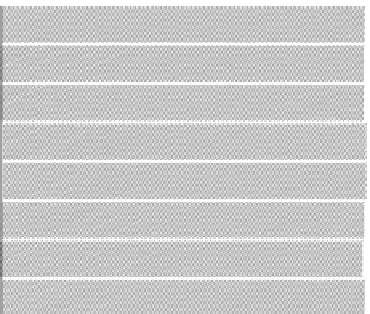Environmental Engineering Reference
In-Depth Information
25
24
23
22
21
20
19
18
17
Mexico City
(n = 11)
Vancouver
(n = 11)
Location
FIGURE 23.8
Number of particles per gram of lung tissue from a high PM area (Mexico City: mean
PM
2.5
= 29.5 μm; Vancouver, Canada: mean PM
2.5
= 10.5 μm). The y-axis is plotted on a natural logarithm
scale. Lungs from females were obtained from a general autopsy population from a referral hospital in
Mexico City and a general hospital in Vancouver. (From Brauer, M. et al.,
Environ. Health Perspect
., 109,
1039, 2001.)
8
6
4
2
0
1
0
−1
−2
Log diameter
FIGURE 23.9
Relationship between airway concentration of particles and airway diameter both plotted
on logarithmic scales. Lungs are from 11 nonsmoking residents of Vancouver, Canada, whose lungs were
obtained from a general hospital. Vancouver is an area of low PM concentration (see text). The igure shows
wide interindividual variation but fairly similar retention patterns across individuals. In these specimens,
ultraine particles constituted <15% of the retained particles at any airway site. (From Churg, A. and Vidal,
S.,
Occup. Environ. Med
., 53, 553, 1996.)
tracheobronchial and alveolar regions are seen for ultraine particles and particularly for children
aged 14-18 years, a group that is likely to be physically active in outdoor activities. Figure 23.11
shows simulated data for the fraction of the total number of particles inhaled that is deposited in
various regions of the respiratory tract as a function of particle diameter. The predicted deposition
fraction mode falls between particles in the range of 0.1-1.0 μm for all lung regions and drops as
particles increase and decrease in size.






Search WWH ::

Custom Search